It’s easy to see how her work made science appealing for a whole generation of children
‘Naches’ – this is the Yiddish word that best encapsulates the joy I have reading to my daughter. Watching her concern as the children embark on their “bear hunt”; how she gasps at the hungry caterpillar’s insatiable appetite; and sings along to the tunes I’ve invented for The Paper Dolls, Peepo and Goodnight Moon.
But there’s also the enjoyment I have revisiting the books that enthralled me more than a quarter of a century ago. Since JR last went to print, we’ve lost a giant of this genre, Judith Kerr. The outpouring of tributes to her is testament to how she inspired millions of readers. Kerr featured in the first ever issue of JR in October 2001. Following a review of her semi-autobiographical novel, When Hitler Stole Pink Rabbit, Kerr answered the questions of a young reader. Responding to whether she enjoyed writing stories as a child, Kerr replied that she did, whilst hastening to add that she always enjoyed illustrating them too. Indeed, her books are adored as much for their fabulous pictures as they are for their text.
A New Life Begins, 1961 © Otto and Marie Neurath Isotype Collection, University of Reading
And it’s another children’s illustrator who is the subject of an exhibition starting this July at the House of Illustration in central London. Although the name Marie Neurath wasn’t immediately familiar, a Google search for her returned the instantly recognisable graphics from the 80+ children’s books she authored between 1944 and 1971. Neurath was a pioneer, using infographics and illustrated diagrams to teach children scientific concepts in palatable and exciting ways.
The exhibition explores how Neurath’s books, including the Wonder World of Nature series, marked a watershed in information design for children. In fact, Neurath was a member of the team that developed ‘isotype’, the method used for representing social-scientific data in pictorial form.
(L-R) The Wonder World of the Seashore, 1955, and The Wonder World of Nature too Small to See, 1956 © Otto and Marie Neurath Isotype Collection, University of Reading
Neurath was born in Germany, where she studied mathematics and physics, moving to Vienna just before she graduated. It was in Vienna that, together with soon-to-be husband Otto, she founded the Social and Economic Museum of Vienna. The couple moved to The Hague in 1934, followed by London in 1940 as the Germans invaded the Netherlands. After a short time spent in an internment camp, Marie and Otto married, settling in Oxford where they established the Isotype Institute. Shortly after Otto’s death, Marie moved to London where she lived until her death in 1986.
The exhibition, which is part of the Insiders/Outsiders festival celebrating the contribution of refugees from Nazi Europe to British culture, celebrates Neurath’s life and the impact she had on explaining science to children. This showcase of her work preserves the legacy of an extraordinary woman and introduces her books to a new generation of young readers, my daughter included.
By David Benmayer
Marie Neurath: Picturing Science runs until Sunday 3 November. House of Illustration, London, N1C 4BH. www.houseofillustration.org.uk
This review also features in the July 2019 issue of JR.



